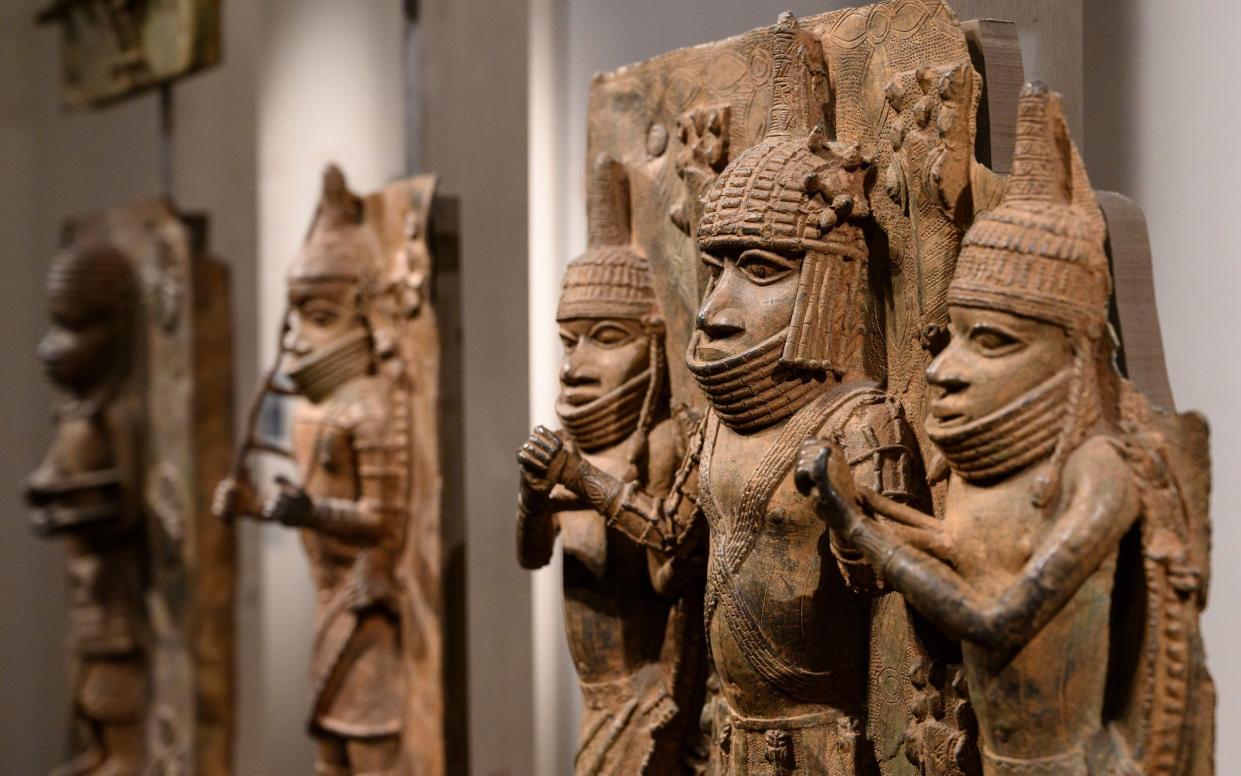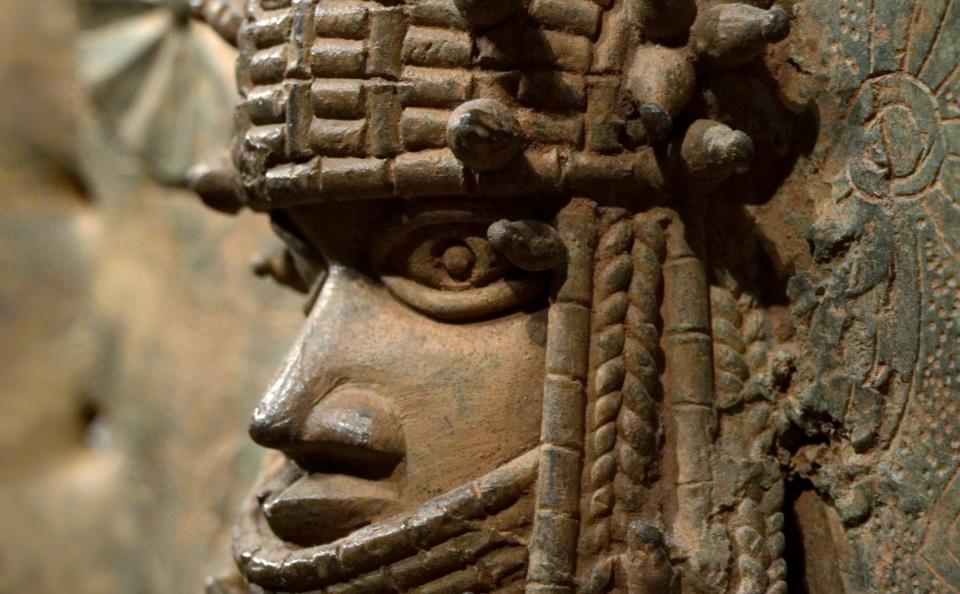Horniman Museum to return all of its 72 Benin Bronzes to Nigeria

The Horniman Museum has announced it will return all of its 72 “Benin Bronzes”.
The unanimous decision by the board of trustees is significant as it will make the Horniman the first government funded museum to say it will return its haul.
The move follows mounting political pressure for the return of objects taken in the violent British assault on Benin City in 1897, as Nigeria plans to house repatriated bronzes in the Edo Museum of West African Art set to open in 2025.
Nick Merriman, the Horniman’s chief executive, said that the museum’s collection will be transferred to Nigerian ownership after a request from the African country’s government in January.
Around 10,000 objects were taken in the punitive raid on Benin City, including bronzes, and the British Museum holds the largest collection of these objects in the world with more than 900 items.

The Horniman's collection includes 15 Benin Bronze plaques depicting Obas (or kings) and legendary figures, a brass cockerel called an Ebon which would be placed on the altar of a dead Iyoba (queen mother), and a ceremonial paddle called an ovbevbe used by priests to ward off evil.
A brass bell, typical of those worn around the necks of Benin’s warriors, is also in the collection along with an ivory staff of office which would have been held by an important figure
Mr Merriman, speaking to the Sunday Times, said the museum had canvassed opinion from the museum's members as well as the local Nigerian people.
He said: “We have had examples of people from Nigerian descent who are quite upset, and we’ve had to train our front-of-house staff to talk to people about the objects.”
He said that the point of ancient artefacts is that their "history changes" and the repatriation would simply be another "chapter in their history".
However, he said that “agreeing to the return of the Benin bronzes” would not mean that “every claim for every Victorian and Edwardian object in museums” would be agreed.
The decision by the museum’s board follows a consultation with London’s Nigerian community launched in 2020 after activists added the Horniman to the "Topple the Racists" database of sites and monuments linked to colonialism.
Just two bronzes have previously been returned from Britain, from Jesus College, Cambridge and Aberdeen University.
However, Oxford and Cambridge Universities announced last week that they would return more than 200 between them.
Arts Council England has also published new guidance for museums on how to respond to claims for restitution.
It said museums should consider “the right thing to do” and be transparent

